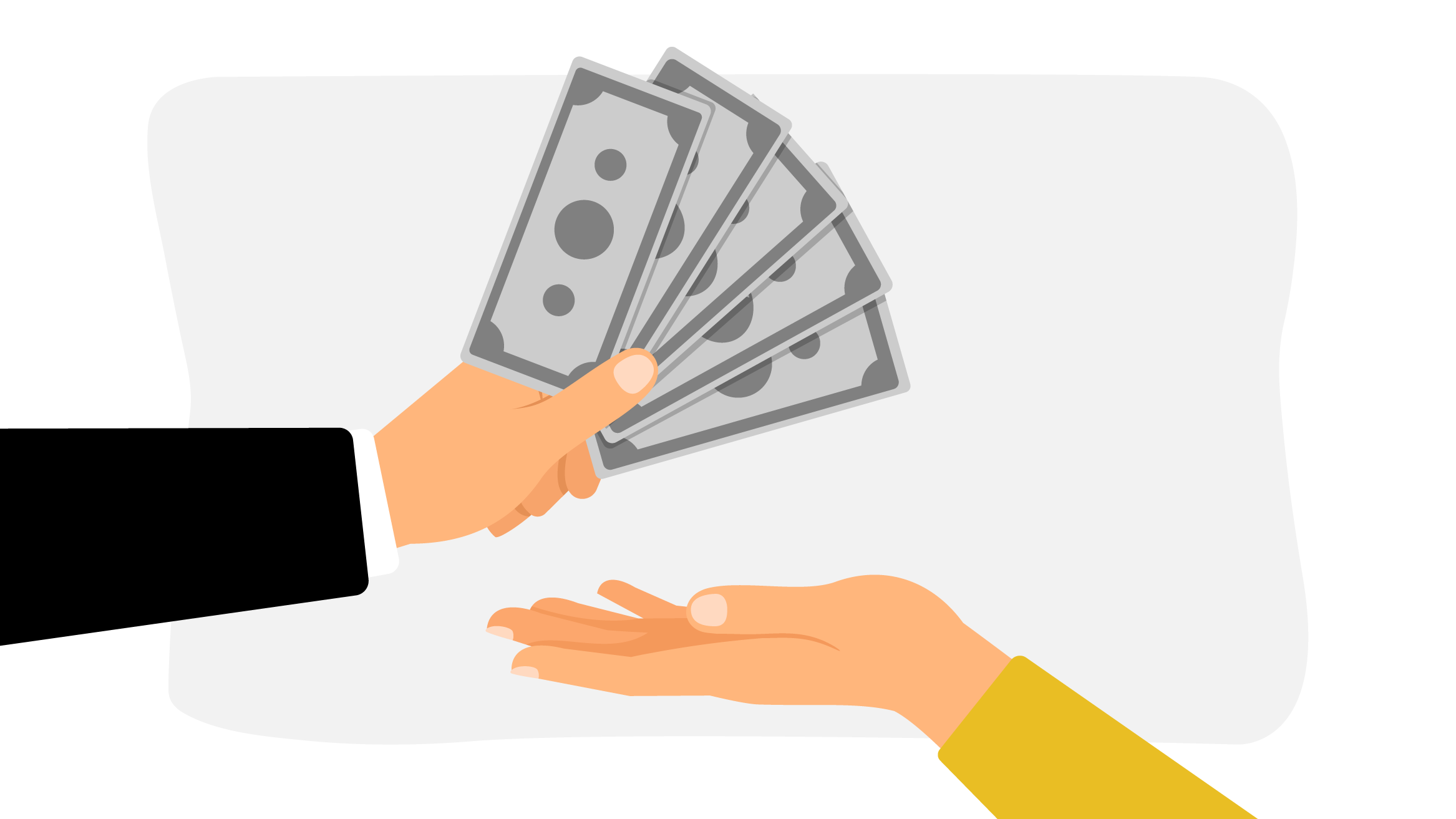Reports of Positive Trends in Working and Spending for 2021

We heard a lot of doomsdaying over the last year: mostly on topics related to
health, jobs, supply shortages, and pending economic disasters of various types and scales. While not all aspects of American life have yet returned to “normal,” there is more to be optimistic about now than a year ago. Some of the economic
challenges of the past year have begun to turn around, giving consumers, workers,
and small business owners reasons to think things may be looking up.
What’s Up?
- Spending
After a year of reclusiveness, Americans are showing that they are ready to go out and spend. Despite the job losses millions faced last year, many Americans were actually able to save money. A cautious attitude toward spending—fueled by widespread job insecurity—combined with stimulus checks and a glaring dearth of typical spending options (shopping, travel, dining, etc.) all helped pave the way toward savings accounts that have grown to match our renewed enthusiasm toward spending. Many of the business sectors benefitting most from consumers’ strong return to the marketplace are the ones that suffered the greatest losses last year, like retail, travel, real estate, dining, and recreation.
- Borrowing
Borrowing and lending decreased drastically last year, but the situation is changing. Fewer people are concerned about job security now than at the height of the pandemic, and with more businesses opening up, there are a lot more spending and splurging options. Demand for credit cards, auto loans, and personal loans is on the rise.
- Traveling
More people are showing a willingness to travel. Flight bookings have been increasing since the spring, and hotel and vacation rentals are seeing huge increases over a year ago. The travel industry has not fully recovered, but the reopening of major theme parks and recreation venues is spurring enthusiasm for recreational travel again, and thousands of jobs in the travel and tourism industry have been added back to the economy this year.
- Job Openings
A very different picture from a year ago: millions of jobs have been added back to the U.S. economy, and employers are struggling to fill all the open positions. The labor shortage has led to obvious problems for businesses struggling to meet growing consumer demands, but is still a good sign that the economy is headed in a positive direction. As unemployment payments and virus fears both begin to wane, American workers are well-positioned to return to work, find new jobs, and even change careers.
- Wages
The Bureau of Labor Statistics reported that the U.S. added 850,000 jobs in June. <https://www.bls.gov/news.release/pdf/empsit.pdf> There are lots of job openings yet to be filled, and the widespread shortage of workers has led to demands for higher wages in high-demand fields. The need for workers in areas of hospitality, dining, manufacturing, and health care are compelling employers to raise wages and offer bonuses to attract more interest.
Average hourly wages have risen considerably in retail, restaurant, and hotel work. Of course, consumer prices are rising too, so returning workers remain hopeful that rising wages can stay ahead of rising prices. Meanwhile, employers must create hiring incentives that will not only attract new workers, but will also keep them in this ever-shifting employment environment.
- Re-openings
With mask mandates ending and social-distancing guidelines relaxing, those once-deserted businesses and store fronts are showing signs of life. Consumer confidence is at its highest point in over a year. Rising vaccination rates and the general malaise of yearlong hermitage are compelling people to venture out, dine out, and take pricey vacations.
Schools are expected to continue phasing in their re-openings as well, alleviating much of the pressure working parents have felt over the past year trying to balance working and schooling from home. Many school districts opened full-time this past spring, and many that didn’t are expected to be fully open in the fall. Workers who cite ongoing childcare issues as a reason they are unlikely or unable to return to the office will certainly welcome a turn toward “normalcy” for themselves and their families.
As the economy rebounds, business owners have reason to be hopeful. Yes, there are challenges that remain: some small business owners—particularly those who operate in busy, congested metro areas—are not seeing business open up as quickly as they would like; business owners in the food service and hospitality sectors are facing unexpected labor shortages that obstruct their ability to meet growing customer demand; and, in spite of the progress made, many U.S. workers still feel lingering fears about contracting Covid that make them reluctant to return to work. The recovery is slower in some areas than others, and the easing of Covid-19 restrictions does not appease everyone equally, but the general trends toward rising wages and spending patterns suggest that the better days are ahead for consumers and businesses.